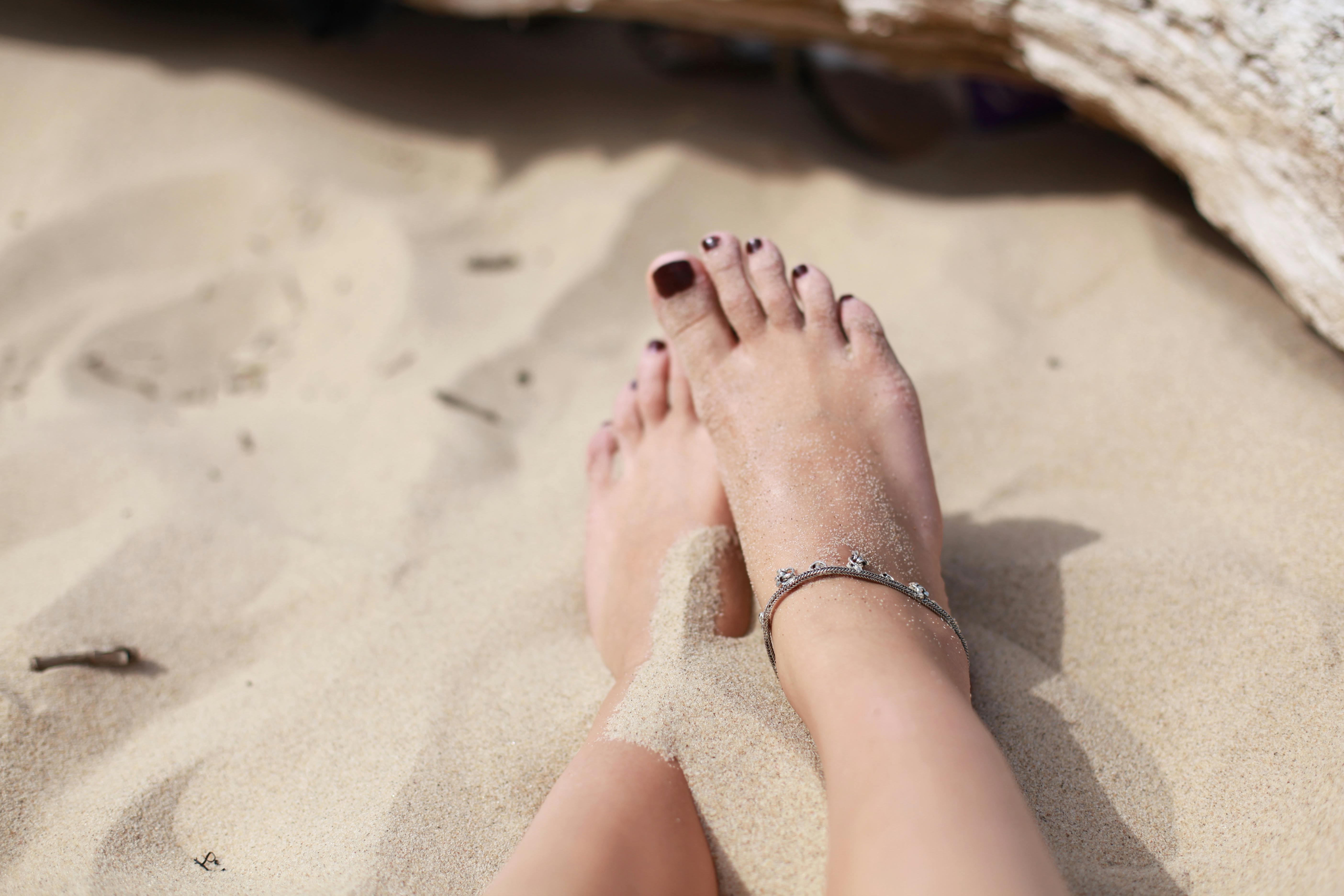The Juice is Loose - Responsible Plantar Fasciitis Treatment in 2020
For some athletes, just changing running shoes can considerably relieve plantar fascia pain. A physiotherapist can employ a number of various taping methods to support the plantar fascia, providing it a possibility to heal. Some shoes can be fitted with inserts. One example is an orthotic, which covers the length of the shoe.
Another choice is a heel cup. This insert is developed to support and cushion the heel. Plantar fasciitis is related to less flexibility in the ankle, Achilles tendon, and calf muscles. Gentle extending to improve versatility can make the biomechanics of standing, strolling, and jogging less demanding for the plantar fascia.
Using gentle pressure, roll the tennis ball back and forth under the foot. Stand 18 inches away from a wall with feet about 6 inches apart and position hands against the wall, at shoulder height. Without moving feet, lean into the wall, bending the foot and extending the Achilles tendon and calf muscles Sit on the floor with legs straight in front.
Why Plantar Fasciitis Treatment is Your “Best Friend”
Stretches like these last two, in which the top of the foot and toes approach the shin, are called dorsiflexion stretches. Using a cold-pack or bag of ice to bottom of the foot may supply discomfort relief from plantar fasciitis. Relief can also be discovered by rolling the bottom of the foot on a frozen plastic water bottle.
Protocol Concepts. For runners, increasing the variety of actions per mileusing a shorter stride however increasing cadence to preserve speedmay lower the stress on the plantar fascia although there will be more steps per minute.1.Additional weight puts an increased stress on the plantar fascia tissue. Shedding excess pounds will lighten the load on the body's musculoskeletal system, consisting of the plantar fascia.
This prevents the plantar fascia from resting in a contracted position. (Not surprisingly, many individuals discover these splints challenging to sleep in.). While it is not thought about standard treatment, deep myofascial massage might promote blood circulation and recovery. While not all professionals concur, some believe using manual manipulation/mobilization (by a chiropractic doctor or other qualified health specialist) together with exercise is an effective method to treat plantar fasciitis.2, Individuals with consistent, moderate to severe cases of plantar fasciitis, might utilize these non-medical treatments in conjunction with medications, injections, or surgical treatments.
Plantar Fasciitis Treatment

Medications are not a remedy for plantar fasciitis and need to be used in conjunction with other treatments. Non-steroidal anti-inflammatory drugs are utilized to decrease swelling and inflammation, and are recommended for patients experiencing moderate to serious pain (Full Report). NSAIDs include aspirin (e.g. Bayer), ibuprofen (e.g. Advil), naproxen (e.g. Aleve), and cox-2 inhibitors.
dexamethasone) through healthy skin to the aching location.1 Iontophoresis might be recommended to clients with plantar fasciitis who can't tolerate injections or wish to prevent injections. If non-medical treatments and medications do not supply remedy for plantar fasciitis, patients might think about injections. 1. Wellenkotter J, Kernozek TW, Meardon S, Suchomel T.

Int J Sports Med. 2014; 35( 9 ):779 -84.2. Bronfort G, Haas M, Evans R, Leininger B, Triano J. Efficiency of manual therapies: the UK proof report. Chiropr Osteopat. 2010; 18:3.3. Clar C, Tsertsvadze A, Court R, Hundt GL, Clarke A, Sutcliffe P. Medical efficiency of manual therapy for the management of musculoskeletal and non-musculoskeletal conditions: systematic review and upgrade of UK evidence report.
Plantar Fasciitis Treatment - Lessons Found Out
The plantar fascia is a long, thin ligament present along the bottom of the foot that develops the arch of the foot. It extends from the heel bone, and after that divides and fans out to connect itself to the toes. Plantar fasciitis is a condition where the plantar fascia ends up being inflamed from overstretching or overuse, causing discomfort in the heel and bottom of the foot.
Plantar fasciitis takes place when you strain or irritate the plantar fascia ligament. Repeated stress can lead to small tears in the ligament, causing pain and swelling, which can make strolling hard. Stress can occur due to: High or low foot arch Weight problems or abrupt weight gain Tight Achilles tendon which links the calf muscles to the heel Starting a new activity or increasing the strength of an activity Using incorrect shoes with soles that are too soft, do not fit well or provide bad arch support The major problem of plantar fasciitis is discomfort and stiffness in the heel and foot.
Your medical professional might see how you stand and walk, and assess related conditions such as high arches. X-rays of the foot can be taken if your physician thinks a stress fracture, a hairline fracture in the bone, or other related conditions such as a heel spur, which is additional calcium deposit on the heel bone.
Why Plantar Fasciitis Treatment Matters to Your Website Customer Service and How to Do It ...
Conservative treatment measures consist of: Rest: Rest is the initial step that is thought about for reducing pain and avoiding further damage to the ligament. Ice: Rolling your foot over ice can be very reliable in reducing swelling, and is recommended for 20 minutes, 3-4 times a day Medications: NSAIDs (non-steroidal anti-inflammatory drugs) may be recommended for relief of discomfort and swelling Exercise: calf stretches and plantar fascia stretches work in easing discomfort A steroid injection might be administered into the plantar fascia for lowering discomfort and inflammation Helpful shoes and orthotics may likewise be advised to decrease the discomfort while strolling or standing Night splints can be recommended by your physician to assist extend the plantar fascia while sleeping Physical therapy might be advised for guideline on stretching workouts, massage and ice treatments PT may utilize extracorporeal shockwave treatment (ESWT), which uses high-energy shockwave impulses to promote recovery of the harmed plantar fascia tissues Surgical treatment is considered only if conservative treatment does not offer effective relief after 12 months.
Gastrocnemius recession: Tight calf muscles or gastrocnemius muscles can strain the plantar fascia. To launch this tension, your surgeon will surgically extend the calf muscle, and increase the motion of the ankle (Use This Link). The surgery can be carried out by open cut or endoscopically through a little incision by utilizing an endoscope, which is a long instrument with a little cam connected.
Your surgeon will partly cut the plantar fascia ligament to alleviate the stress. The surgical treatment can be performed endoscopically but open incision is much easier to perform and is associated with lower threat of nerve damage. Complications are uncommon following surgery to treat plantar fasciitis, but just like any surgery, they can happen.
Plantar Fasciitis Treatment
If you are experiencing symptoms of plantar fasciitis, thorough treatment from our foot specialists is offered at ORA Orthopedics. As the largest and most innovative orthopedic practice in the Quad Cities, ORA Orthopedics offers the best options in care to kids and adults with a wide selection of musculoskeletal conditions, consisting of plantar fasciitis and other unpleasant or uncomfortable foot problems (Find Out).
This condition is usually marked by higher foot pain and stiffness after not during exercise or extended durations of inactivity. Plantar fasciitis might likewise trigger bone stimulates, or little boney developments, to develop on the heel bone. The skilled medical professionals and staff at ORA Orthopedics' Foot and Ankle Center of Excellence are trained in the most recent treatment techniques and provide patient-focused care that is second to none in the Quad Cities.
Tidak ada komentar:
Posting Komentar